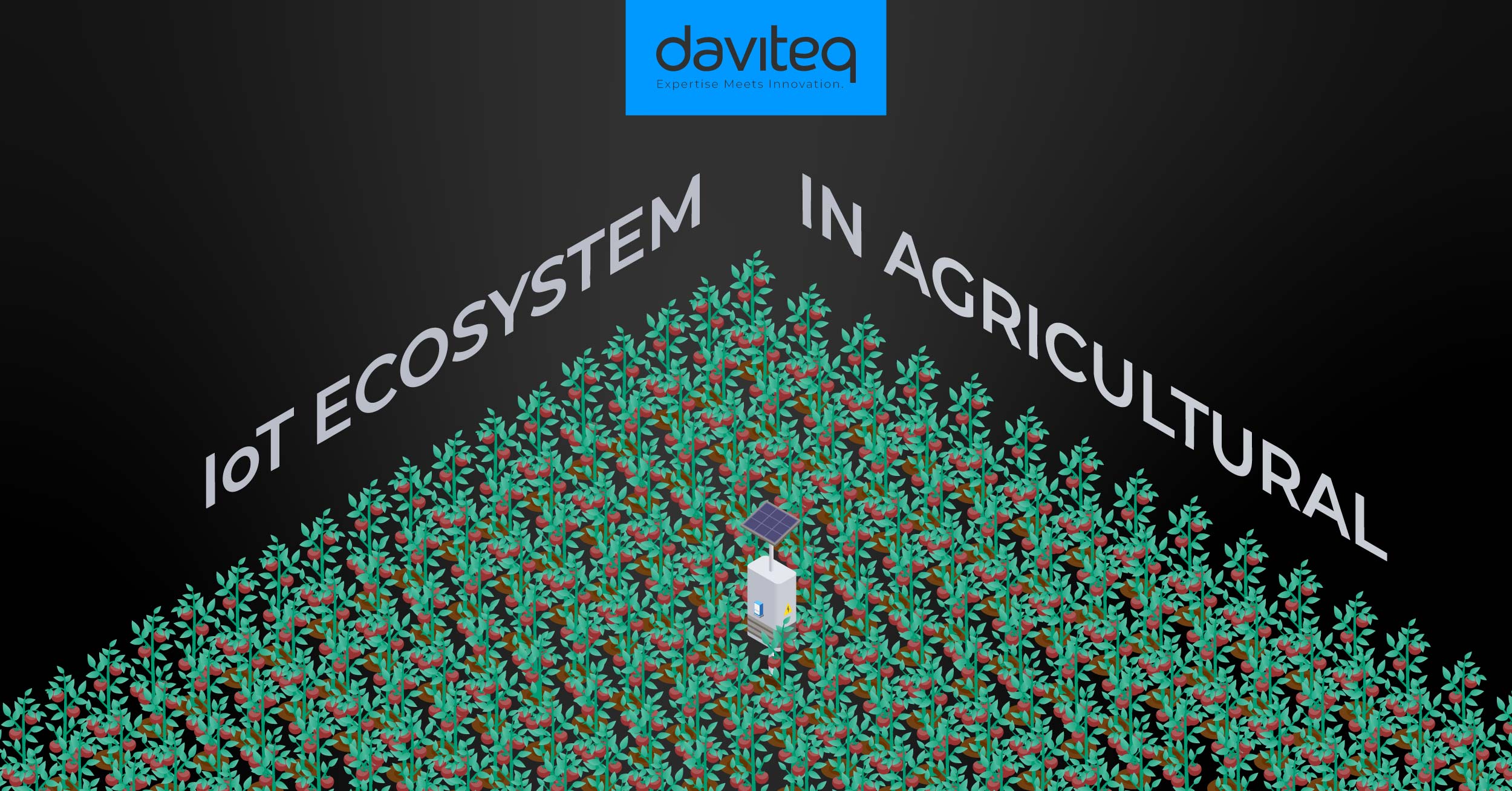Hello everyone in the smart farming & automation space,
Many modern farms have started deploying IoT systems: soil moisture sensors, cloud dashboards, data platforms. But in practice, the picture often looks like this:
- Sensors send data, but no actions follow
- Dashboards exist — but no one opens them after 1–2 months
- Automation is set up, but decisions still come down to guesswork
The issue may not be the technology — but choosing the wrong problem to solve.
![]() A recent article from Daviteq breaks down 5 real-world IoT applications that are actually solving pain points in agricultural operations. Each one comes with use cases, academic studies, and practical ROI.
A recent article from Daviteq breaks down 5 real-world IoT applications that are actually solving pain points in agricultural operations. Each one comes with use cases, academic studies, and practical ROI.
Here’s the quick list:
- Precision irrigation based on real-time soil data
→ Avoids overwatering, saves resources - Remote greenhouse control & monitoring
→ Adjust climate settings anytime, anywhere - Livestock health tracking via wearable sensors
→ Early illness detection, lower treatment costs - On-field weather & microclimate monitoring
→ Field-level decisions that are more accurate than regional forecasts - Cold chain monitoring after harvest
→ Protects product quality across distribution
![]() Full blog with more details: https://www.iot.daviteq.com/post/smart-agriculture-iot-solutions
Full blog with more details: https://www.iot.daviteq.com/post/smart-agriculture-iot-solutions
![]() If starting IoT from scratch on a farm, which use case should be prioritized first?
If starting IoT from scratch on a farm, which use case should be prioritized first?
– Irrigation?
– Greenhouse automation?
– Livestock monitoring?
– Post-harvest tracking?
Looking forward to thoughts from anyone who’s implemented wireless sensors — especially across different LPWAN protocols (LoRaWAN / NB-IoT / Sigfox).
